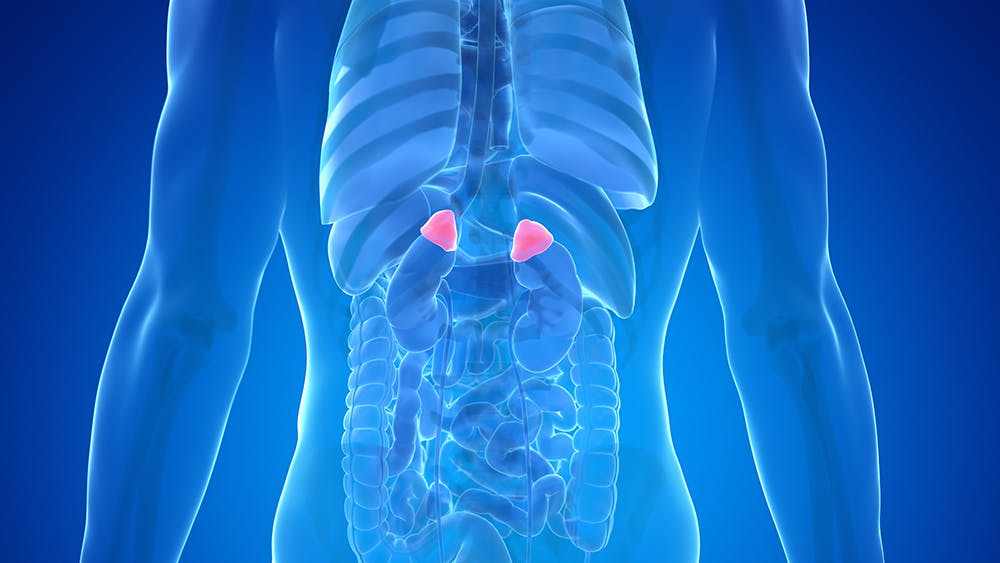Adrenal glands are something we don’t spend a whole lot of time thinking about. That is, unless they don’t function correctly.
The adrenal gland is responsible for secreting hormones that regulate things such as:
Blood pressure
Stress response
Metabolism
Fertility
And more
When the adrenal gland isn’t working correctly and can’t do its job, people suffer from issues including exhaustion, severe dehydration, low blood pressure, and possibly even death if left untreated.
There is no cure for this issue, referred to as primary adrenal insufficiency, and the main solution is hormone replacement therapy which can come with a range of side effects.
That is, until now.
Researchers from the University of Pennsylvania School of Veterinary Medicine have managed to grow functional adrenal glands in the lab that may be able to aid in developing treatments for adrenal insufficiency.
The Adrenal Hormones
The adrenal glands are integral to the production of two key hormones: cortisol and aldosterone.
Adrenal insufficiency occurs when the adrenal glands aren’t able to make enough cortisol, which may sound nice and relaxing, but it’s not. Your body actually needs cortisol, particularly in times of stress. Without the cortisol serving as your body’s warning system, you run the risk of:
Low blood pressure
Low blood glucose
Low blood sodium
High blood potassium
Any of the above, left untreated, has the potential to lead to death.
To aid with these hormone insufficiencies, many people turn to hormone replacement therapy. This can come in the form of either a pill or IV of corticosteroid for cortisol and fludrocortisone for aldosterone. And most people have to take these pills for their entire lives, along with managing any potential side effects.
Lab-Grown Adrenal Glands Provide Hope
The University of Pennsylvania researchers were able to get stem cells in a Petri dish to develop into human adrenal glands.
They did this by using IPS (induced pluripotent stem) cells from the blood of three people and growing them into glands that exhibit the cellular makeup and features of adrenal glands found in a fetus during the second trimester. The researchers used a mixture of chemicals and growth factor substances to achieve this.
The biggest success: these lab-grown adrenal glands produced cortisol, which is key to proper adrenal function.
The adrenal cells also showed evidence of being able to respond to the communication between the brain and the adrenal gland. This is exciting because it may open up the door for people who suffer from excess adrenal hormone production as well as those with prostate cancer — a condition in which the cancer uses adrenal hormones in order to continue to grow and potentially spread.
However, in order for these “artificial” adrenal glands to be used in conditions related to adrenal insufficiency, they would need to go beyond the fetal stage they were created in and move into the postnatal stage. This is the next step for the team of researchers, and they’ve already begun.
Studying how these lab-grown adrenal glands develop will help create a greater understanding of the genetics of adrenal insufficiency and how doctors can better treat adrenal conditions. In addition to that, this may lead the way to using someone’s own cells to grow them into adrenal tissue that can then be implanted back into the body to aid with hormone-related issues such as PCOS (polycystic ovary syndrome), high blood pressure, and more.
